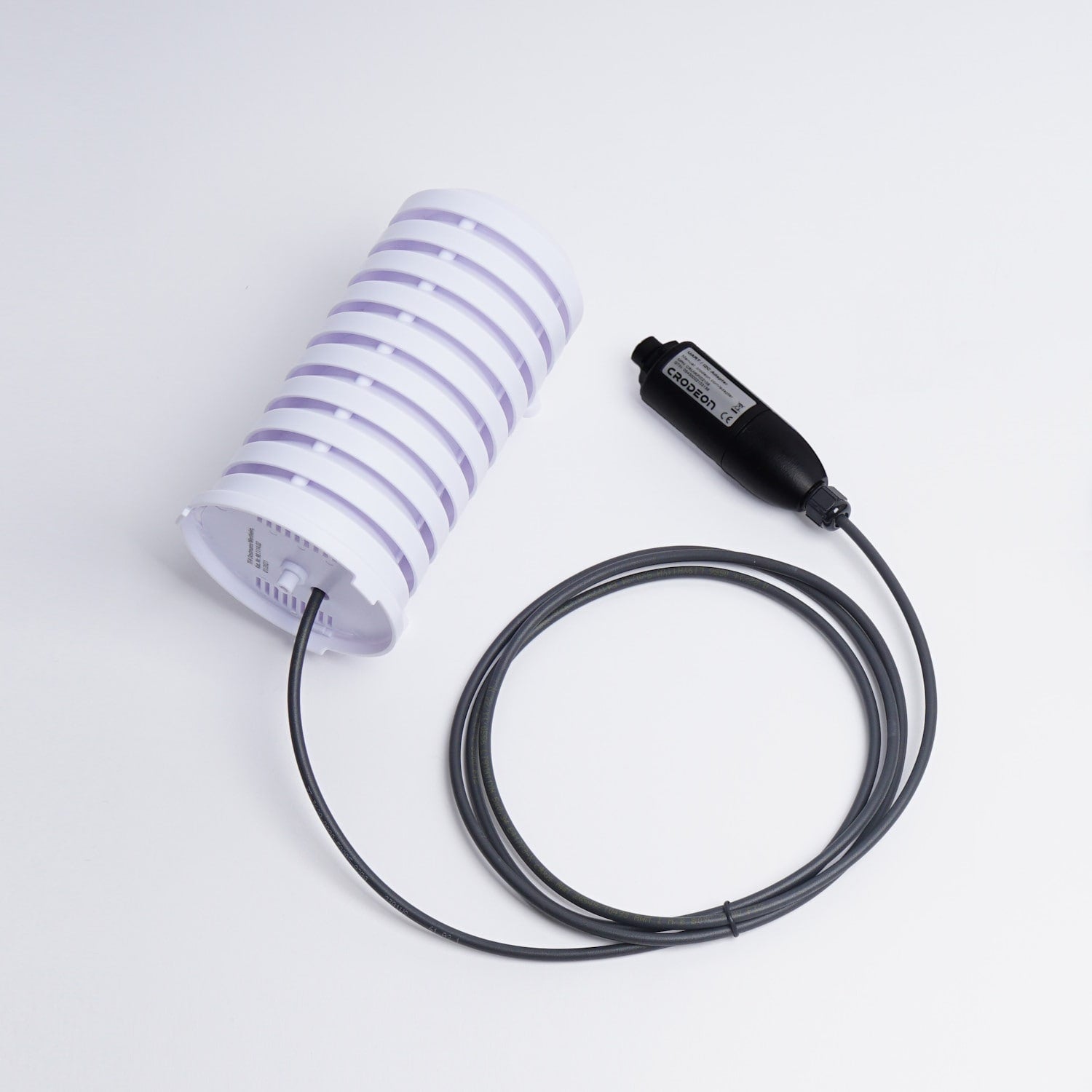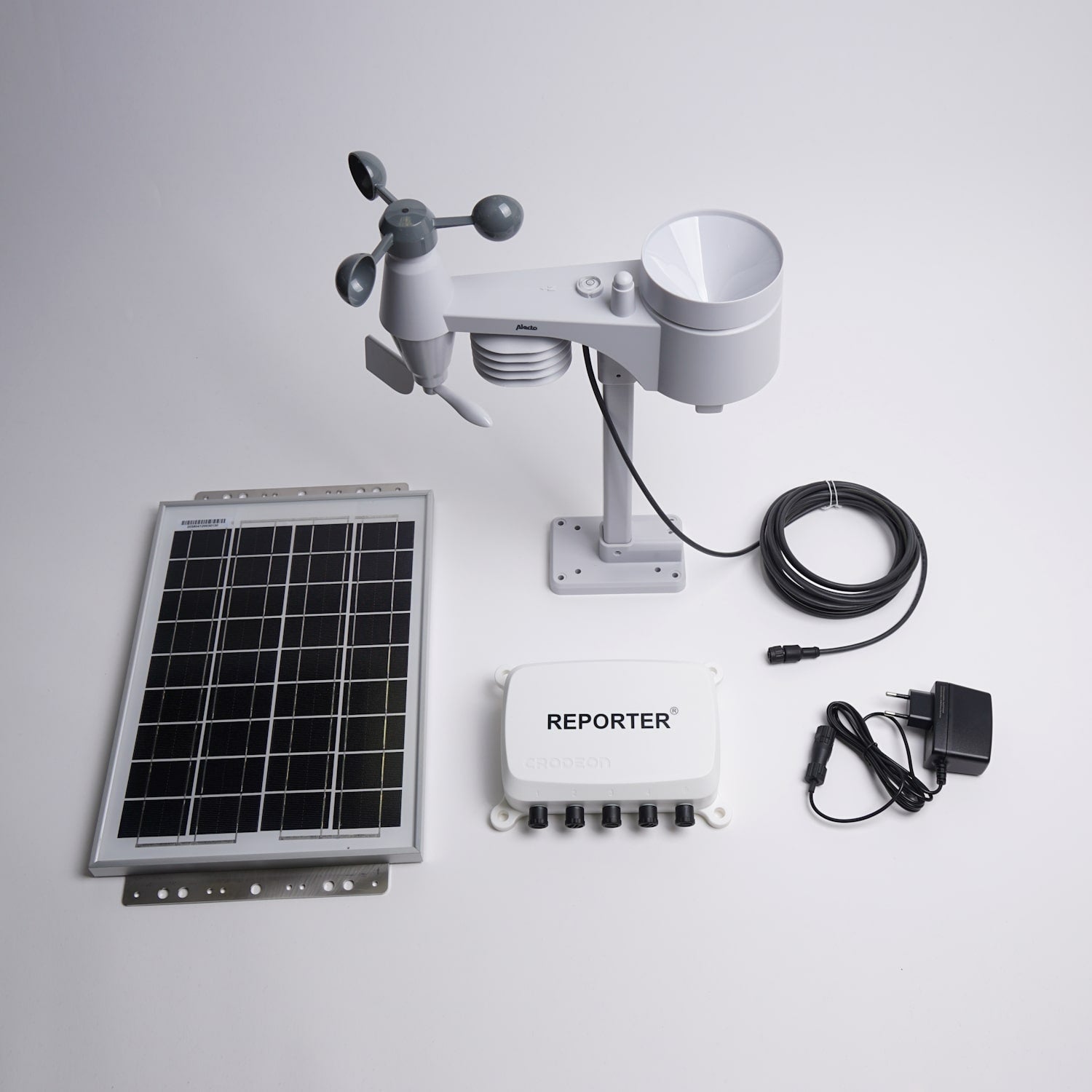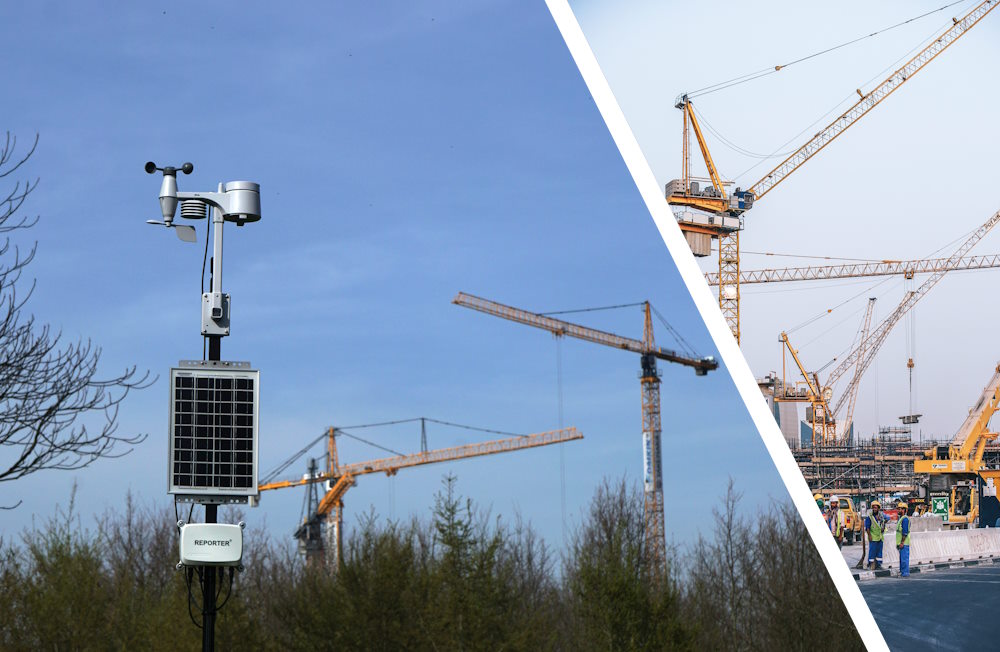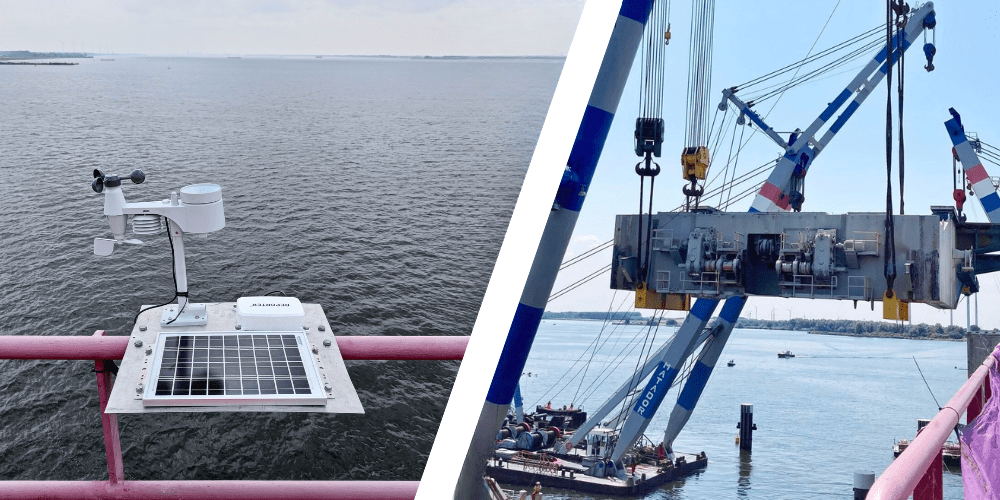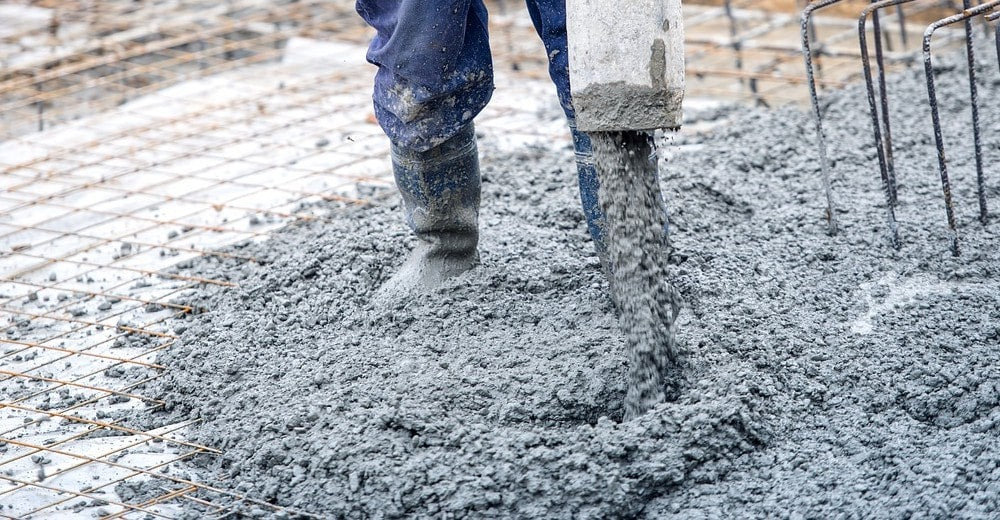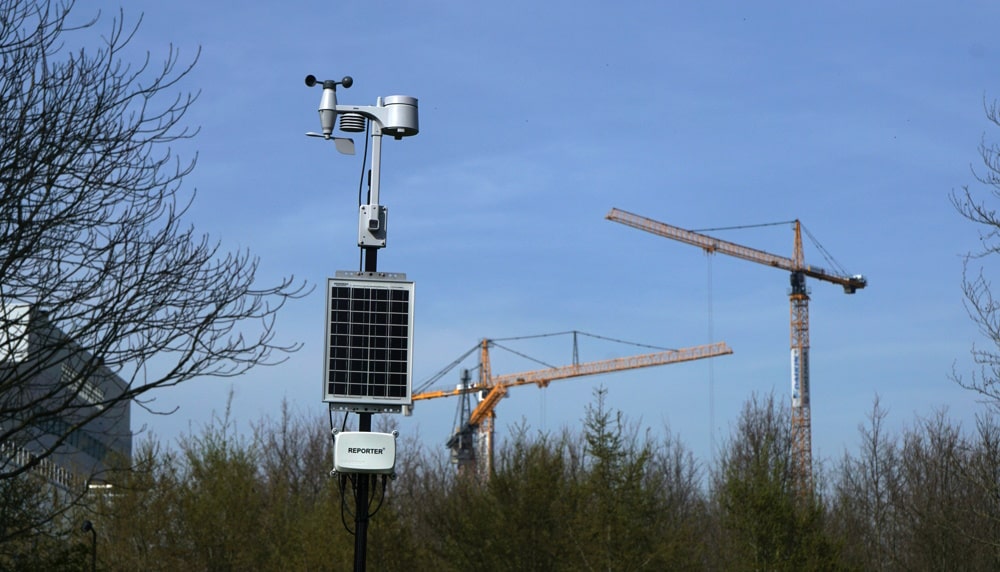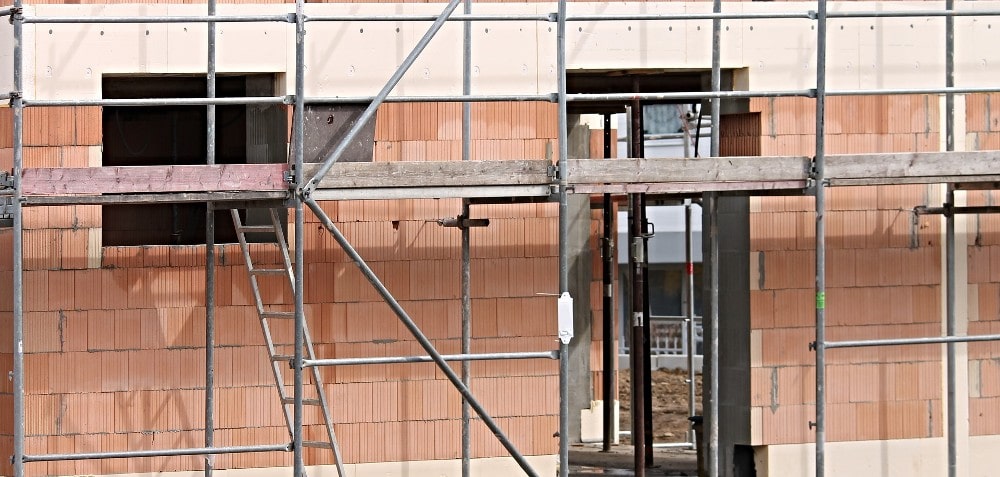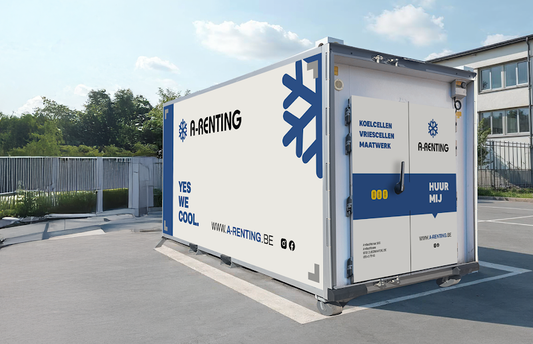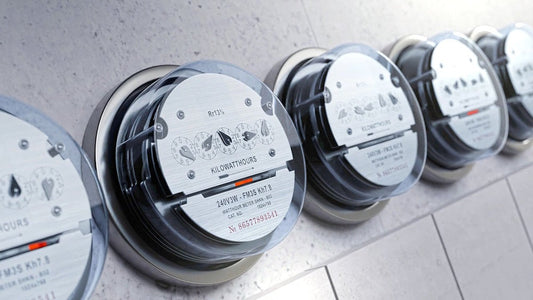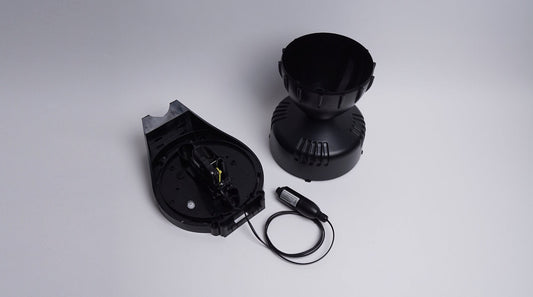Adverse weather warning for your construction site
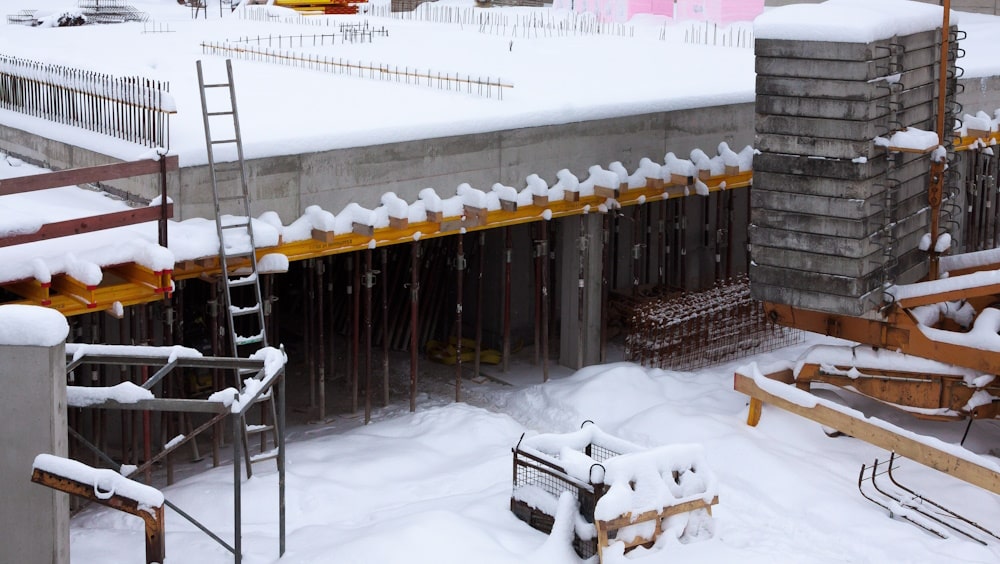
Nothing is worse than having to shut down a construction site, especially when you could have taken appropriate measures in advance to avoid adverse weather leave for construction workers. Fortunately, a weather station can give you a timely warning of adverse weather conditions allowing you to take immediate action to keep the work going!
What is adverse weather leave for construction workers?
Adverse weather leave for construction workers is a special type of temporary unemployment for labourers due to extremely bad weather conditions. Work has to be put down because it cannot be done safely, or because the planned work simply cannot be carried out in such weather conditions.
These include (extreme) rainfall, (severe) frost or snow, (intense) heat, (violent) storms or other such unforeseen weather conditions that prevent work from being continued. This is also known as adverse weather conditions.
In some cases, an employer can take extra measures to ensure that work can continue. In other cases, the employer just wants to be well-informed to be able to protect his staff against possible danger.
What is inclement weather leave due to frost?
Inclement weather leave due to frost is a specific form of unemployment due to bad weather in cases of snow, ice or freezing temperatures. It prevents work from being done safely, or certain activities from being carried out. It can refer to the presence of snow, ice, impassable paths or when an employer fails to provide suitable winter clothing for employees. One speaks of inclement weather leave due to extreme cold when the wind chill is -6°C or lower.
However, it may also become impossible to continue work in less cold temperatures. In this case, stopping work refers less to personnel safety and more to the nature of the work. Bricklaying cannot be done with frozen bricks, mortar cannot cure properly, pumping a puddle dry is impossible if the water is frozen, etc. For this too, inclement weather leave due to frost and adverse weather conditions may become necessary.

What is heat leave?
Delays due to bad weather also occur when it is too hot to work safely. What temperature is too hot to work is determined through the WBGT index. For heavy work and very heavy work, the WBGT index limits are 22 and 18 respectively. For example, WBGT 22 means 29°C at a relative humidity of 35%, or at 25°C and a RH of 65%.
To correctly assess whether your staff can still work safely on your construction site, a simple thermometer unfortunately is inadequate, as it does not measure relative humidity. However, a weather station or a temperature and humidity sensor can help you with this. There are even remote monitoring systems that send an adverse weather warning when temperature and relative humidity become too high.
Preventing delays due to bad weather
In case of cold
In case of cold, employers can try to increase the surrounding temperature with radiant heaters, or by shielding the workplace from cold, rain, moisture and wind. It is also advisable to provide extra warm clothing, heated rest areas, and hot drinks.
Sometimes the weather is unpredictable and it cools down faster or more than anticipated during the working day. In such cases, it can be useful to have a temperature registration system that sends out an adverse weather warning.
In case of heat
In case of heat, employers will have to take certain measures when the maximum WBGT index is exceeded. For instance, by offering sun protection such as headgear or sunshades. Free cool drinks should also be made available. It may even be an idea to start the working day several hours earlier in order for staff to finish working before the hottest part of the day.
During a hot day, an employer should be made aware beforehand (as well as during the working day) whether these protective measures should be used. This is to protect personnel and avoid unnecessary delays on site.

Be informed even before the working day starts
As an employer, you need to raise the alarm in advance in case of adverse weather conditions. A personal weather station on site can help keep you informed of current weather conditions. This way, you will know how hot or cold it is, or whether there is a storm or rain going on.
Your personal weather report in the blink of an eye
General weather reports are not always accurate enough to determine adverse weather leave for construction workers on your site. Therefore, we recommend installing a weather station on your construction site. The Crodeon professional weather station, for example, is a handy option for your worksite. This weather station measures wind, rain, temperature and relative humidity.
All weather measurements are transmitted live to an easily accessible cloud platform, available on your smartphone, tablet, or PC. The internet connection is established by means of a built-in SIM card. The weather station uses mobile data therefore, a local Wi-Fi network is not needed.

The Crodeon weather station can be powered in several ways. Through standard 220V plug, DIN-rail module or via its own small solar panel. Don't worry about replacing batteries or such clumsy work.
As a handy side note, you can also upgrade the weather station with flow meters, pressure sensors, additional RH sensors, linear potentiometers, etc. The sensor module (called Reporter) also measures power failure when connected to a power network. Very useful when this needs to be monitored on your site. Our full range of sensors can be found on our webshop.
Weather on your construction site
Crodeon's professional weather station with remote monitoring sensor module Reporter only measures the weather conditions at your job site. Thanks to the real-time measurements and adverse weather warning function (via phone or email), you remain informed 24/7 about the risk of adverse weather leave for construction workers.
Read more about our weather station and Reporter in Smart Construction, get started, or contact us if you still have a question.

